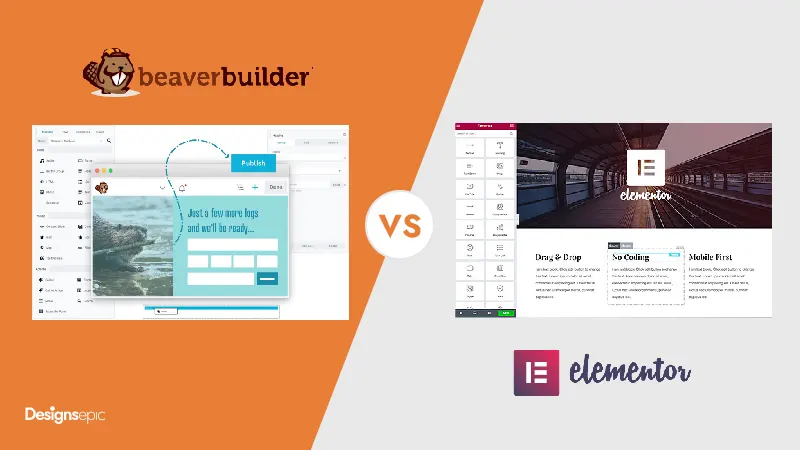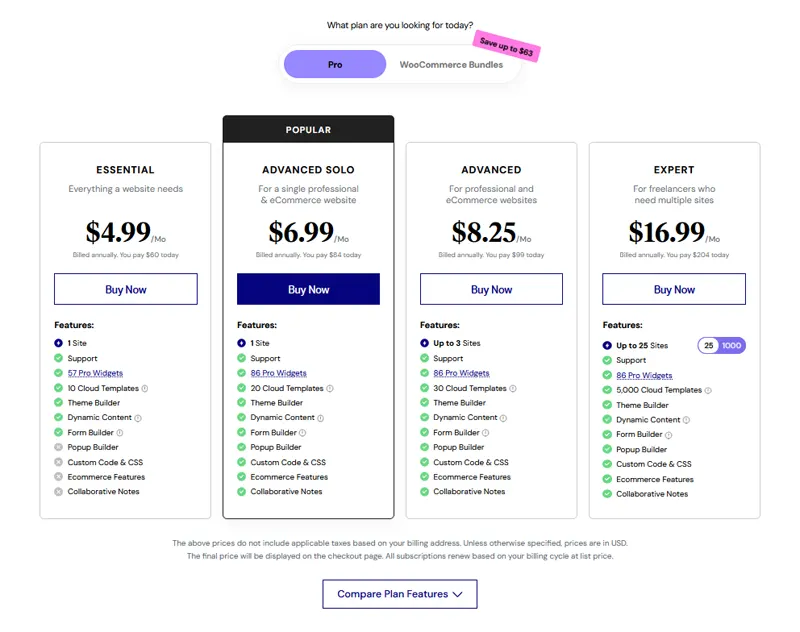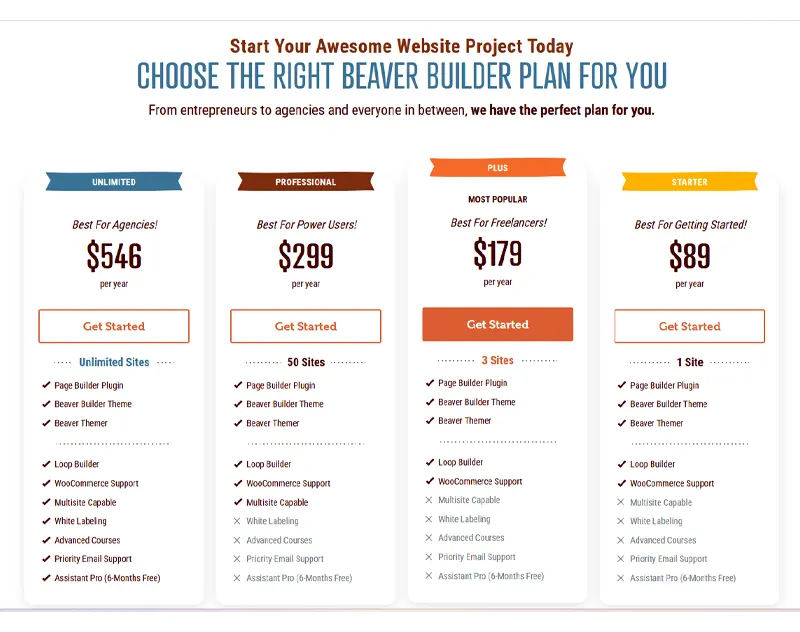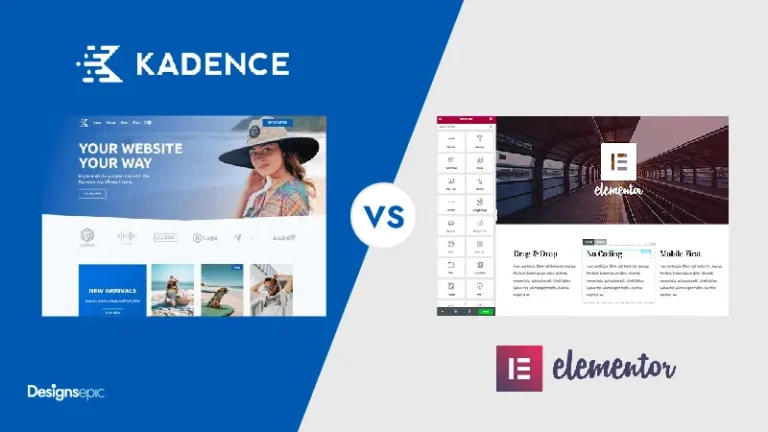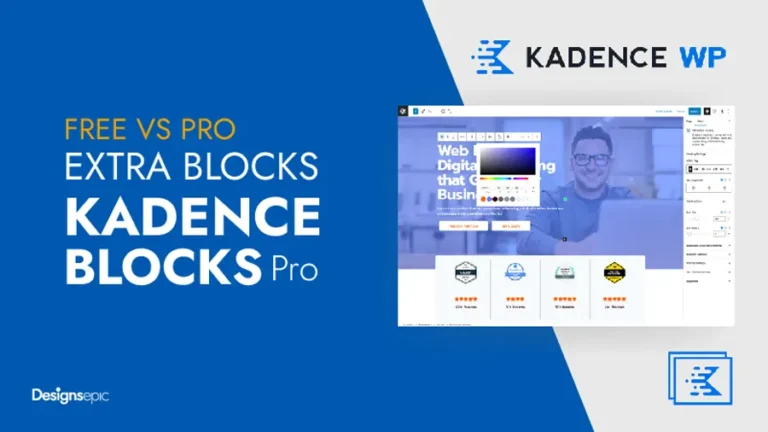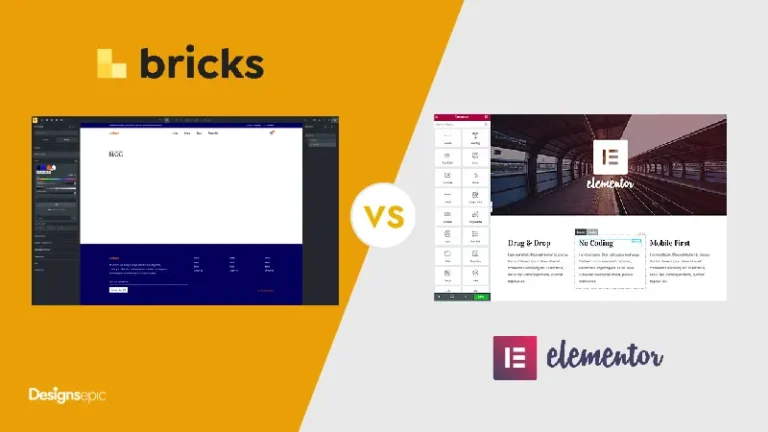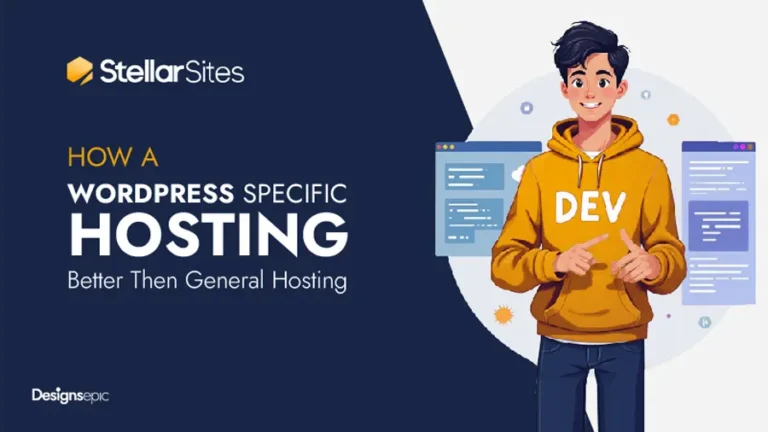Beaver Builder vs Elementor (2025): Which WordPress Page Builder is Best?
In this article, we’ll compare Beaver Builder vs Elementor across key areas such as ease of use, performance, flexibility, pricing, and best use cases. By the end, you’ll know which one is the right fit for your website project.
Building a professional WordPress website no longer requires advanced coding knowledge. Thanks to drag-and-drop page builders, even beginners can design beautiful, responsive, and feature-rich sites. Among the many options available, two names often stand out in discussions: Beaver Builder and Elementor.
Both tools allow you to design websites visually, customize every detail, and replace the need for heavy coding. However, they differ significantly in philosophy, flexibility, performance, pricing, and user experience. Elementor is the most popular page builder on the market, widely adopted by freelancers, agencies, and businesses worldwide. Beaver Builder, while less flashy, is considered one of the most stable, reliable, and developer-friendly builders—trusted by professionals who value clean code and long-term maintainability.
Overview of Each Builder
Beaver Builder vs Elementor: Which Page Builder is Right for You?
Elementor:
Elementor is the most widely used WordPress page builder, powering millions of websites globally. It’s known for its true drag-and-drop WYSIWYG editor, massive widget library, and extensive ecosystem. Elementor offers both a free version (with basic widgets) and a Pro version, which unlocks powerful features like theme building, WooCommerce templates, and advanced design controls.
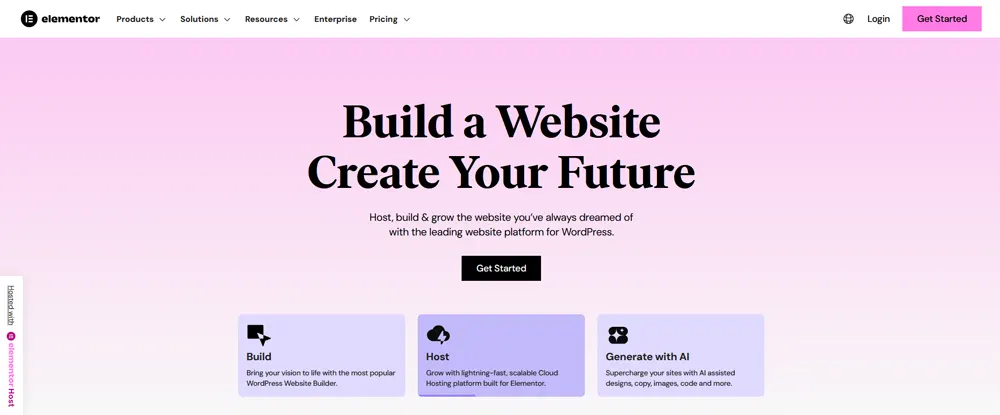
Strengths of Elementor
Beaver Builder
Beaver Builder has been around since 2014 and is considered one of the most stable and reliable page builders. Unlike Elementor, Beaver Builder does not focus on flashy effects or rapid feature additions. Instead, it emphasizes clean code, stability, and developer-friendly tools. It also integrates seamlessly with the Beaver Themer add-on, which allows full theme building.
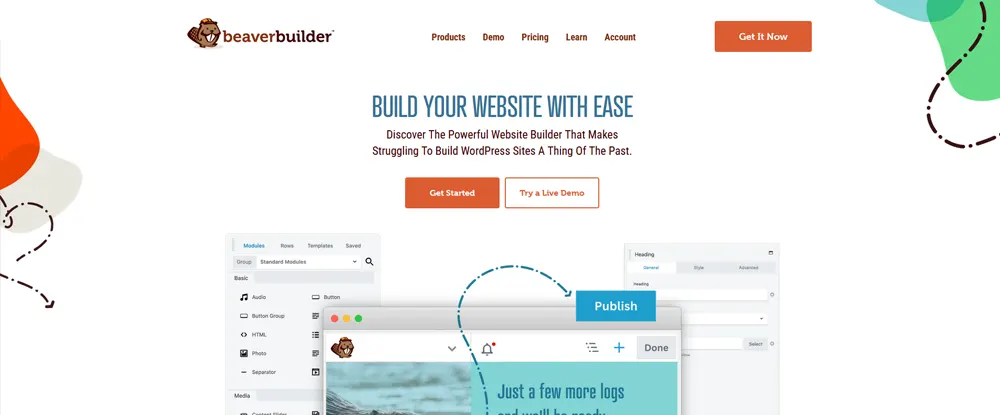
Strengths of Beaver Builder:
Ease of Use
Elementor
Elementor is designed for beginners and non-tech users. Its interface is highly visual—you drag widgets from the sidebar, drop them onto the page, and edit in real time. The learning curve is minimal, and the free version alone provides a strong starting point for simple sites.
Pros
Cons
Beaver Builder
Beaver Builder’s interface is also beginner-friendly, but it’s simpler and less overwhelming than Elementor. Instead of packing in flashy features, it focuses on providing a clean, intuitive, and reliable editing experience. While not as stylish as Elementor, it appeals to users who prefer stability and simplicity.
Pros
Cons
As we analyze the strengths of both platforms, the Elementor vs Bricks Builder debate continues to evolve.
Winner:
Elementor (for its modern, highly visual UI and larger template library).
Performance and Speed
Elementor
Elementor has worked hard to improve performance with Flexbox Containers and conditional asset loading. While performance has improved, Elementor can still add extra CSS and JavaScript, which increases page size. Websites can load fast if optimized properly, but heavy Elementor sites risk becoming bloated.
Pros
Cons
Beaver Builder
Beaver Builder is known for producing cleaner, leaner code than Elementor. It doesn’t overload websites with unnecessary CSS or JS. As a result, sites built with Beaver Builder often perform better on tools like Google PageSpeed Insights or GTmetrix—especially with fewer optimization tweaks.
Pros
Cons
Winner:
Beaver Builder (for clean, lightweight performance).
Design Flexibility and Features
Elementor
Elementor is a design powerhouse. With animations, gradients, custom positioning, popup builder, and WooCommerce templates, it allows nearly unlimited creative freedom. Its third-party ecosystem makes it even more versatile.
Pros
Cons
Beaver Builder
Beaver Builder prioritizes stability and consistency over flashy design. It provides solid design tools, but lacks advanced visual effects like Elementor. With Beaver Themer, it becomes a full theme builder, but still focuses on simplicity and clean markup.
Pros
Cons
Winner:
Elementor (for unmatched design flexibility and creative features).
Theme and Template Integration
Elementor
Elementor Pro includes a Theme Builder, allowing you to create custom headers, footers, archives, and single templates. It works with almost every WordPress theme, and its massive template library gives users a head start.
Pros
Cons
Beaver Builder
Beaver Builder integrates with almost any theme. With the Beaver Themer add-on, you can design headers, footers, and post templates. While its template library is smaller, Beaver Builder’s compatibility and stability make it attractive for agencies that switch between themes often.
Pros
Cons
Winner:
Elementor (for built-in templates and variety).
Third-Party Ecosystem and Community Support
Elementor
Elementor has the largest third-party ecosystem of any page builder. Thousands of add-ons, templates, and tutorials exist, making it easy to extend functionality. The global community is also highly active.
Pros
Cons
Beaver Builder
Beaver Builder has a smaller but strong community. It is especially popular among developers and agencies who value stability. While it doesn’t have as many third-party add-ons, its reputation for reliability ensures that integrations are high-quality.
Pros
Cons
Winner:
Elementor (for ecosystem size and global community).
Pricing Comparison
Winner:
Beaver Builder (better long-term value for agencies).
Conclusion: Which One Should You Choose?
Both Beaver Builder and Elementor are excellent tools, but they serve different audiences.

